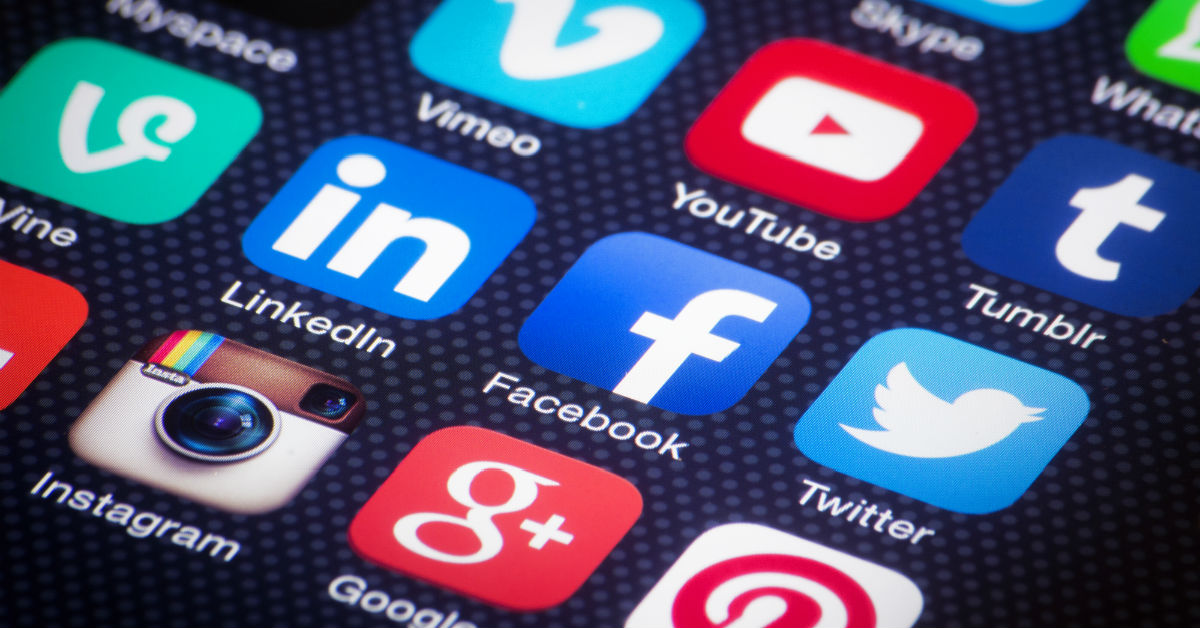
What is your teen doing online? You may think you know based off of their social media accounts, but chances are you have no real concept of their digital life. An interesting perspective from time management counselor Ana Homayoun in the New York Times introduces parents to the many ways teenagers hide their real social media and online activity.
Finsta accounts, or fake Instagram accounts, are one example. These are either anonymous or friends-only, allowing them to post memes, controversial content and anything else they may not feel comfortable putting on their Realsta (or real Instagram) accounts. Closed Facebook groups or Reddit subreddits are another way, not to mention the old – but still popular – image boards such as 4Chan that remain a haven for anonymous posting.
That isn’t the only way of sneakily maintaining privacy. Snapchat has become one of the most popular communication tools among teenagers and young adults. It allows messages to only be shown to those chosen and it deletes the message within a set period of time. Alternatives like Wrike, Signal and WhatsApp are also available and widely used.
Parents should be aware of these ways of getting around social media monitoring. But even a public account can hold a red flag. Whether you are looking at their main profiles or have managed to track down the ones they think you don’t know about, here are five types of social media posts that may show that your teen is a candidate for therapy.
Social Media Red Flag #1 – Vaugebooking
Vaguebooking is the act of posting a vague status that obviously relates to some kind of problem, yet not specifying what that problem might be. For example, it could be a post talking about someone betraying their trust or hurting them, while they refuse to name that person or say what it is that is happening.
Everyone vaguebooks from time to time. But if it is a common occurrence it is a sign that your teen may be dealing with a chronic problem that is hurting them deeply. The vague statuses could be a cry for help and at the very least it is an opportunity you should take to try and get to the bottom of what is going on.
More severe problems could require professional help, such as if they are depressed or dealing with a serious issue that isn’t easily solved by talking it out.
Social Media Red Flag #2 – Cyberbullying
This one can go both ways. More than half of teens asked in surveys have claimed to have been the target of online bullying. It is a growing menace that has sparked law reforms, anti-bullying campaigns and more.
But your teen might not just be the victim of bullying…they may be the ones doing the crime. After all, if there are such high rates of teenagers suffering from cyberbullying then it stands to reason that a fair number are the ones that are participating in the act. Your teenager could both be the one being hurt and the one doing the hurting. Especially if they feel safe behind a computer screen.
That is why it is so important to really monitor their online activity. There are some arguments about privacy and to an extent you can respect that. However, we live in a time where our teens have unlimited reach through technology. Anonymity combined with pressures to fit in embolden behavior that they would never participate in off of social media.
Violating their privacy could let you know of a serious problem that you need to address.
Social Media Red Flag #3 – Suicidal Ideation
Any time that suicide is being idealized it has to be taken seriously. Unfortunately, often it is ignored or explained away as normal teenage angst. This is a huge mistake that we are seeing the consequences of on a daily basis. Suicide is now the second leading cause of death among teenagers in the United States. It has reached epidemic levels of fatality and we have to do something to stop it.
There is a chance that social media posts including suicidal sounding threats or comments could be something as simple as posting song lyrics. But you shouldn’t take the chance when your child’s life is in the balance.
If you notice any suicidal ideation in your teen’s social media activity it is worth at least scheduling a single appointment with a therapist to have them examined. A professional will be able to tell if there is a genuine concern or it is normal behavior that has been taken out of context. Don’t rely on your own perception to make that call, as special training is more effective.
Social Media Red Flag #4 – Aggressive Content
What is your teen saying to people? Are they getting into fights? Threatening them? This happens a lot on social media when someone is struggling with anger issues and even anxiety. Their aggression can come out in posts and sometimes they may even go looking for opportunities to take it out on others.
Be sure to check post histories for signs of this type of behavior. It can be a serious red flag, particularly if that rage comes out in real life as well. They need a healthy outlet for letting those feelings out and social media is not that platform.
Social Media Red Flag #5 – Attention Seeking Content
You have doubtlessly heard of the term “trolling”. This is a form of attention seeking behavior where people online will bully, harass or bother strangers for their own amusement. Teenagers who engage in this activity are usually doing so because of deficits in their own life. They are desperate for attention, even if that attention is negative.
A therapist can help them work through the emotions that is causing the attention seeking, while offering you guidance on how to help them better cope.
Parenting can be difficult but you don’t have to do it alone. Find out more at about this and other common issues at Parent Learning Center.










Speak Your Mind